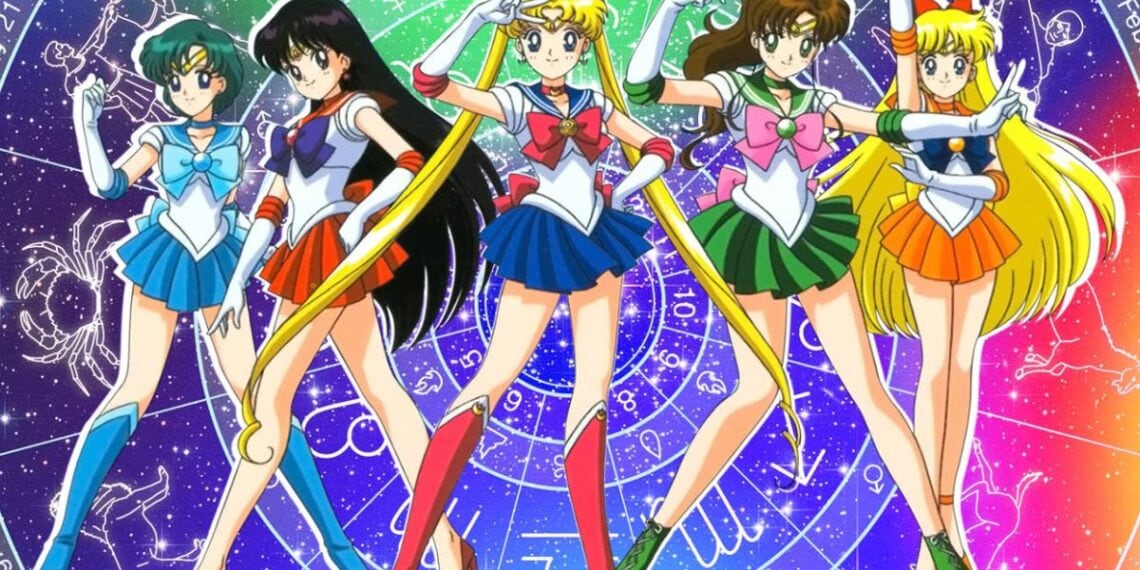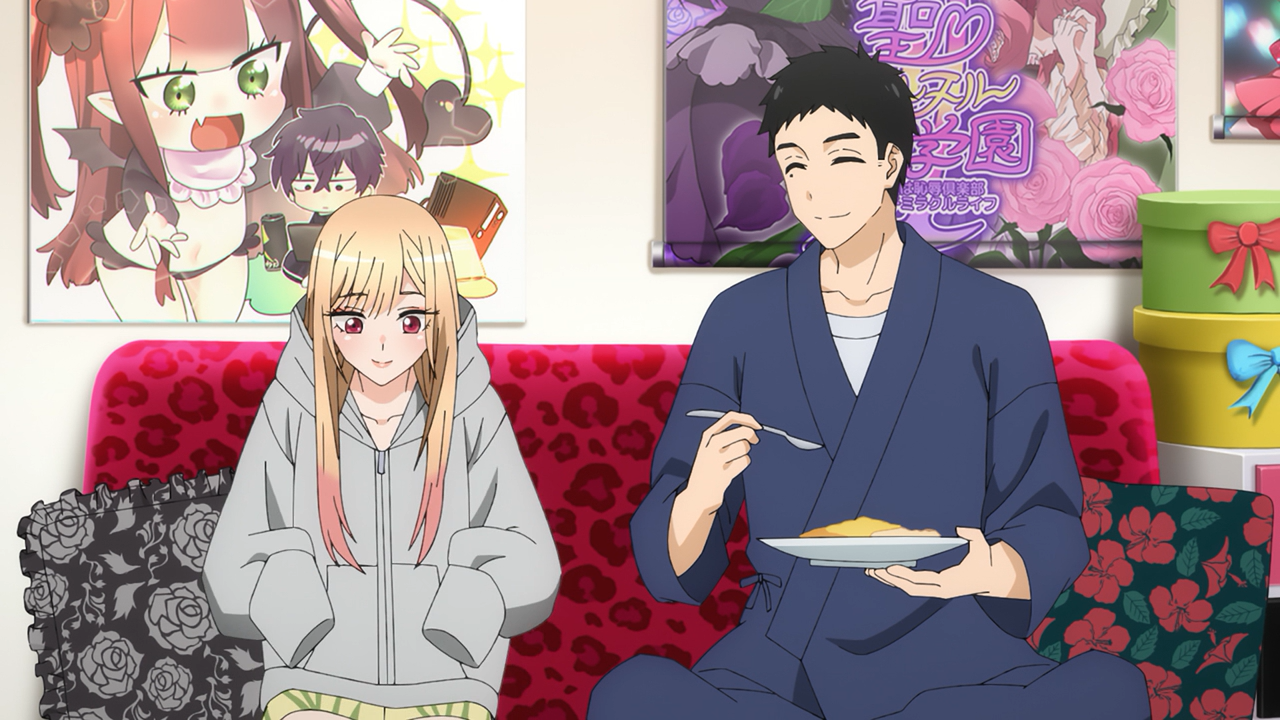Sailor Moon has been one of the most recognizable manga and anime series ever made for a very long time.
The series, which followed the adventures of Usagi Tsukino, a middle school student who was given the supernatural ability to battle evil forces as a “Pretty Guardian,” paved the way for later “Magical Girl” media, including Disney’s Turning Red and anime like Cardcaptor Sakura.
Written by Naoko Takeuchi, this superhero fantasy was picked up by DiC Entertainment in 1995 and quickly went viral during the ’90s “Girl Power” movement.
Despite its popularity, there were rumors that the English dubbing had extensive editing and censorship and that some episodes—including the mysterious “banned” episode 67—had been cut out.
International Sailor Moon fans have been anticipating this episode, “The Beach, the Island and a Vacation: The Guardians’ Break,” since it debuted in Japan in 1993. But until Viz Media obtained the rights to formally dub, stream digitally, subtitle, and release all seasons of the anime, the show disappeared from the market.
The long-awaited release of Sailor Moon R’s uncut 67th episode for North American fans was the acquisition’s most noteworthy feature. The controversial episode was delayed for 19 years despite multiple opportunities for release, raising questions about why it was delayed and whether it lived up to the long wait.
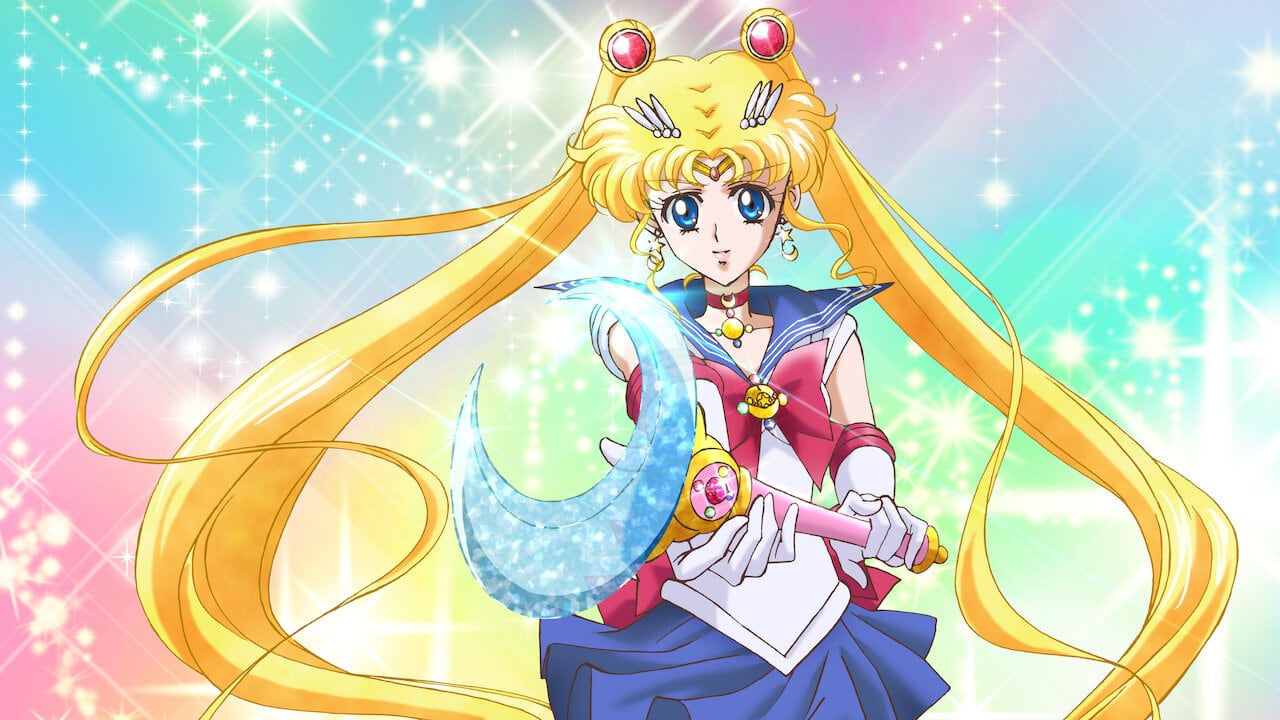
How Was ‘Sailor Moon’ Episode 67 Lost by DiC Entertainment?
Sailor Moon, Sailor Moon R, Sailor Moon S, Sailor Moon SuperS, and Sailor Moon Sailor Stars are the five seasons of the fantasy anime. The Super Sentai television series, which was first created and animated by Toei Animation, debuted on March 7th, 1992, and quickly became very popular.
After realizing how popular the Mighty Morphin Power Rangers were, DiC Entertainment, a former Disney subsidiary, engaged Toon Makers in a bidding war to acquire the anime’s first two seasons. An English dub was to be released in North America.
TV Tropes reports that Optimum Productions, which DiC Entertainment engaged in handling the original dubbing edits, came under fire for the significant changes made to the program.
DiC set out to fulfill the American minimum syndication requirement of 65 episodes in 1995. They did this by rearranging the first season of Sailor Moon to suit their own format. As such, the first season’s episodes 2, 5, 6, 20, and 42 were cut, and episodes 45 and 46 were combined.
Additionally, Sailor Moon R’s episode 67 was omitted. DiC Entertainment used violent or sexually suggestive content that was thought unsuitable for young audiences to defend these choices.
DiC Entertainment misplaced the original tape for Sailor Moon episode 67
When DiC Entertainment misplaced the original tape for Sailor Moon episode 67, they suffered a setback. Citing the requirement for a new license agreement, Toei Animation denied their request for a new copy.
There were rumors that Toei Animation may have wanted Sailor Moon to fail abroad in order to further their ambitions for a Pretty Guardian Sailor Moon live-action adaptation in Japan. Although there were rumors that Toei wanted to sell the original anime and the live-action film to foreign companies together, this strategy never came to pass.
Fans weren’t happy with ADV’s subtitled DVD sets when they were introduced. Not only were the DVDs of low quality, but the controversial episode 67 was still not included in the set.
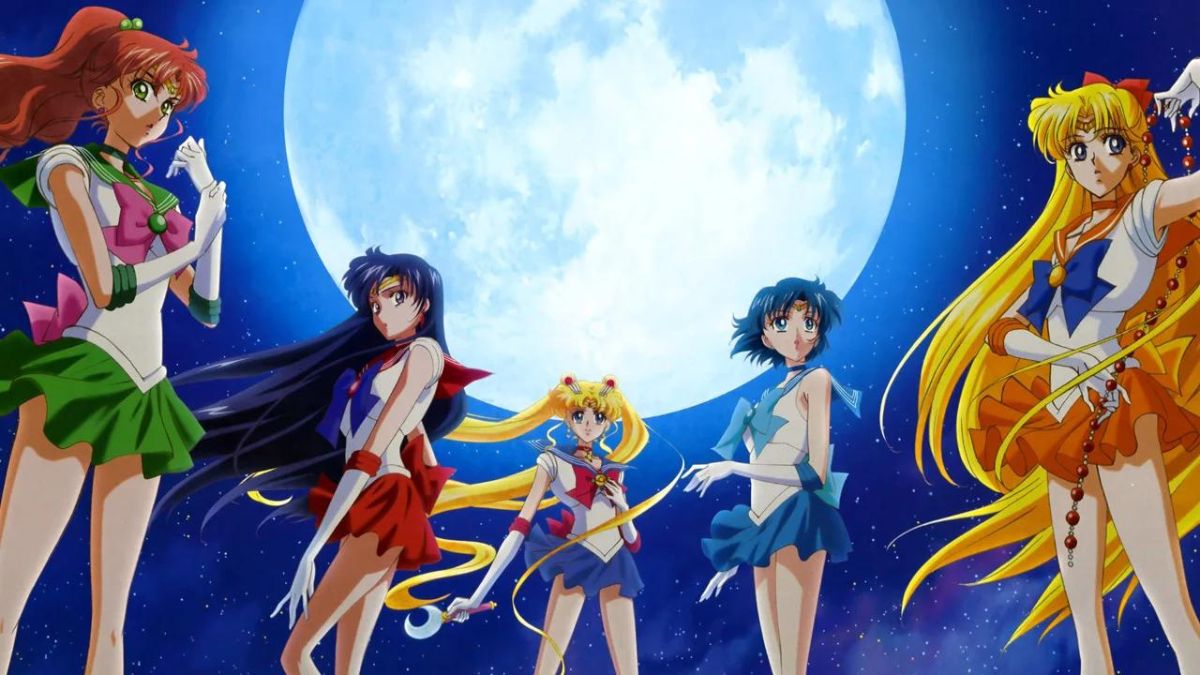
On a Sailor Moon Forum, a dedicated fan recounted her experience and voiced her displeasure with the unfinished English version that had been available in the United States for almost ten years. The later subtitled version featured poor video quality, skipped over episode 67, didn’t have episode previews, and had a lot of audio and video glitches.
Although the Pioneer release was thought to be an improvement, the opening credits and episode previews were still missing. The legendary anime faced ongoing licensing issues in 2005, and even with ADV Films’ best efforts and the materials at hand, it was unable to continue in the United States and was out of production for more than ten years.
Did Censorship Ruin the ‘Sailor Moon’ Experience?
Sailor Moon was heavily censored during its international release; a large portion of the needless editing was credited to DiC Entertainment. But a few of the animation companies involved made small adjustments, so what emerged was a watered-down version of the popular “Pretty Guardian.”
The dubbed superhero series often omitted Japanese cultural elements in order to appeal to an American audience. For example, Usagi was originally given the nickname “odango,” which means Japanese dumpling, by Mamoru Chiba, better known as Tuxedo Mask. In the dubbed version, the name was changed to “meatball head.”
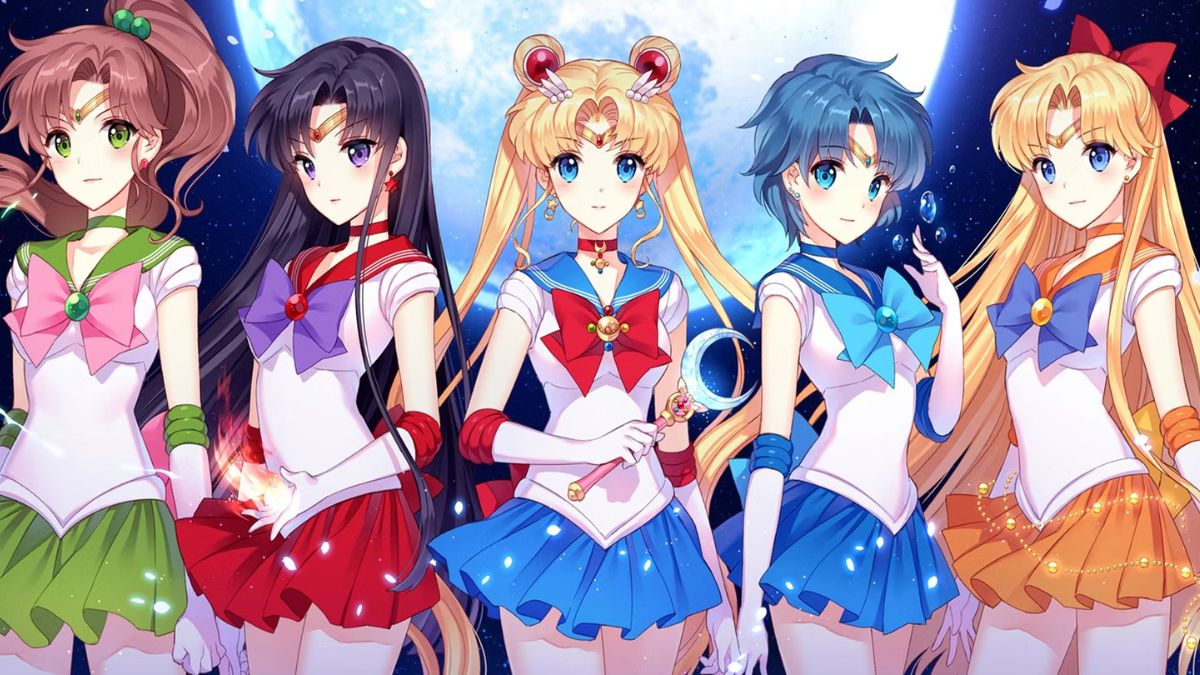
According to a Looper article, Japanese-written billboard signs were swapped out for blank screens, and the names of the main characters were Americanized to make them easier to pronounce: Usagi became Serena, Ami became Amy, and Mamoru became Darien.
Furthermore, Sailor Moon’s American edits frequently changed small details like adding color to the bathwater during quick bath scenes, eliminating violent scenes with kids, and, in some cases, completely omitting LGBTQIA+ and gender-fluid characters. The Huffington Post’s Sara Roncero-Menendez offers perceptive information regarding these ridiculous character identity changes.
Was The ‘Sailor Moon’ 67th Episode Worth the 19-Year Ban?
Viz Media made it possible for viewers worldwide to view the uncut and subtitled version of episode 67, “The Beach, the Island, and a Vacation: The Guardians’ Break.” The Sailor Guardians interrupt Rei’s summer vacation on a secluded island in this episode, which was initially the 21st episode of Sailor Moon R’s second season.
While the girls are having fun at the beach, Chibiusa and Rei get into a minor argument over lunch. After going awry, Chibiusa ends up on an island facing a volcanic eruption, where she makes friends with a young dinosaur and its family.
After finding Chibiusa, the Sailor Guardians make an effort to stop the lava explosion with their abilities, saving both Chibiusa and the dinosaurs in the process. As the episode comes to an end, Chibiusa is shown watching her friends safely swim away.
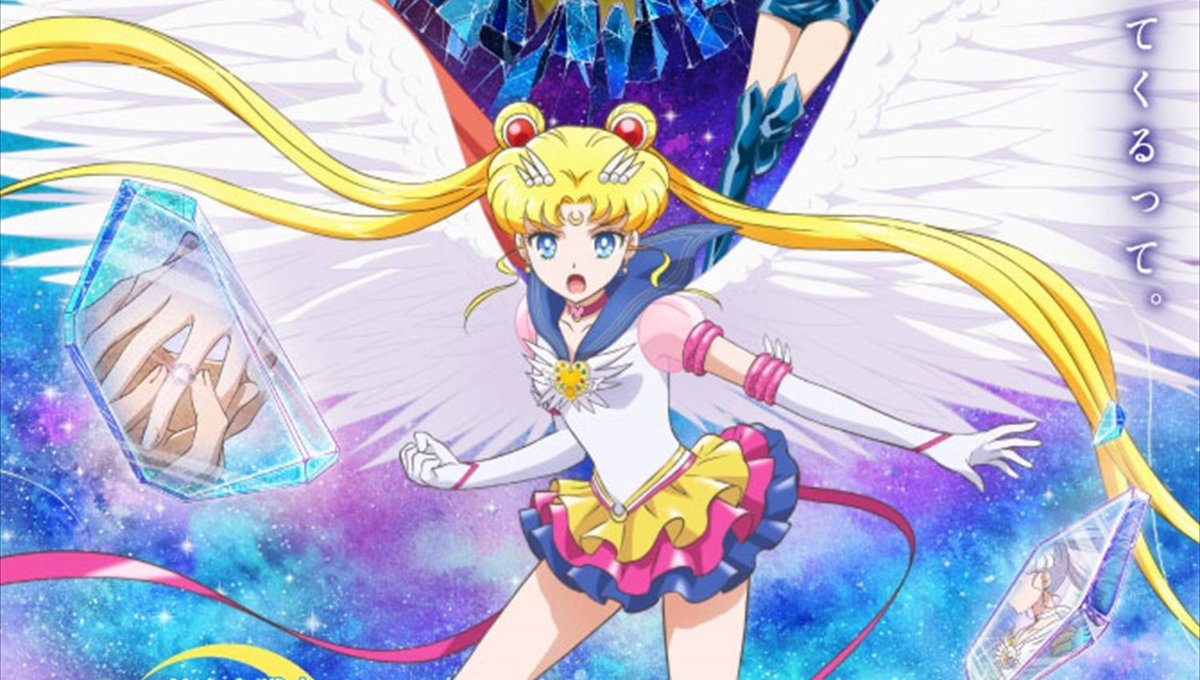
Tokyo Otaku Mode)
Nothing scandalous or taboo is included in episode 67, despite past rumors and conjecture. It’s one of the rare Sailor Moon episodes in which there are no adversaries. It is currently regarded as a “filler” episode that is easily missed without spoiling important plot points.
It’s ironic that despite the “banned” episode’s absence of explicit violence or sexual themes, fans around the world had to wait decades to see it. The episode received mixed reviews from viewers, with some calling it “rather cute” and others calling it “an absolute waste of time.”
Sailor Moon’s influence is still felt today, more than 30 years later, with themes of love, feminism, and genuine friendship being honored worldwide. Across generations, the wholesome anime has empowered young women, and its upcoming sequel, Sailor Moon Cosmos, is soon to make its international debut. In the United States, Sailor Moon is presently accessible for streaming on Hulu.

